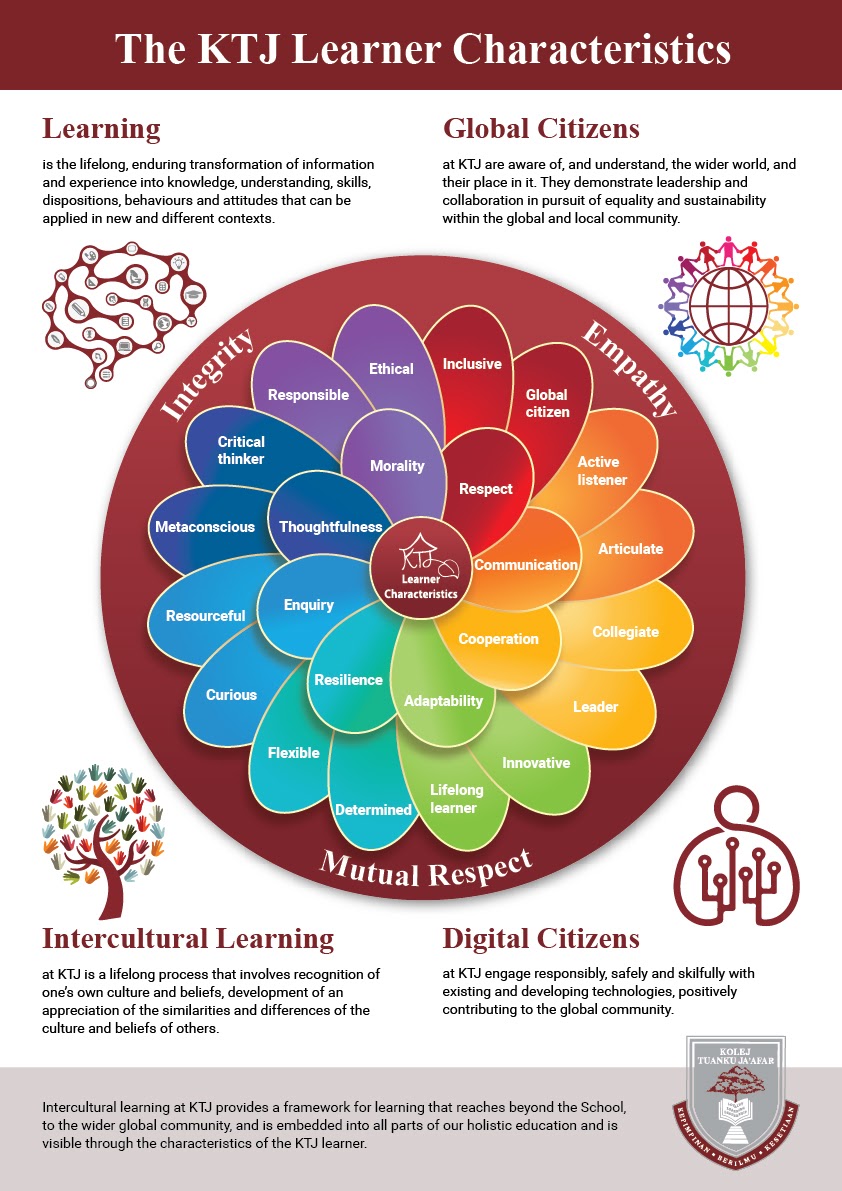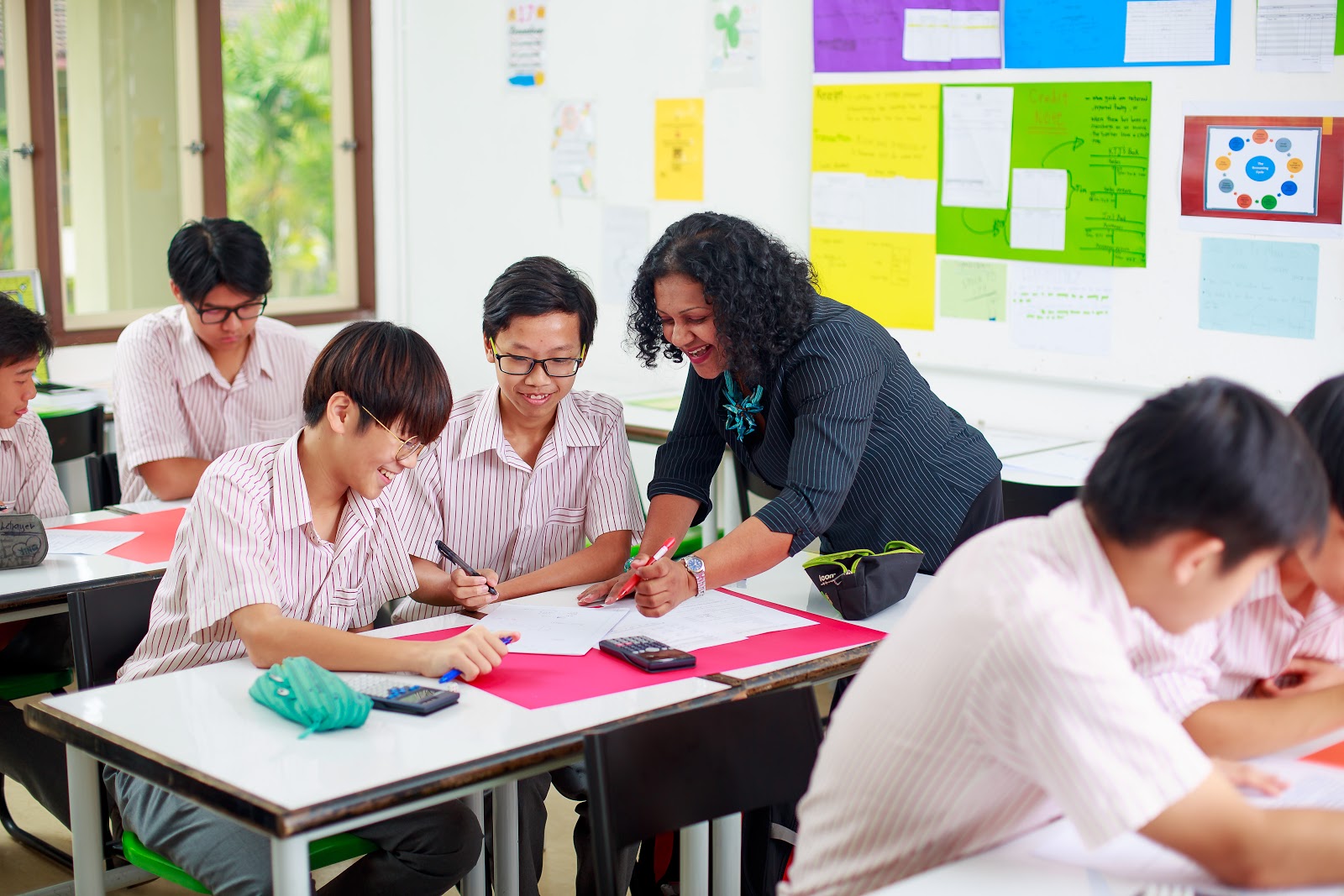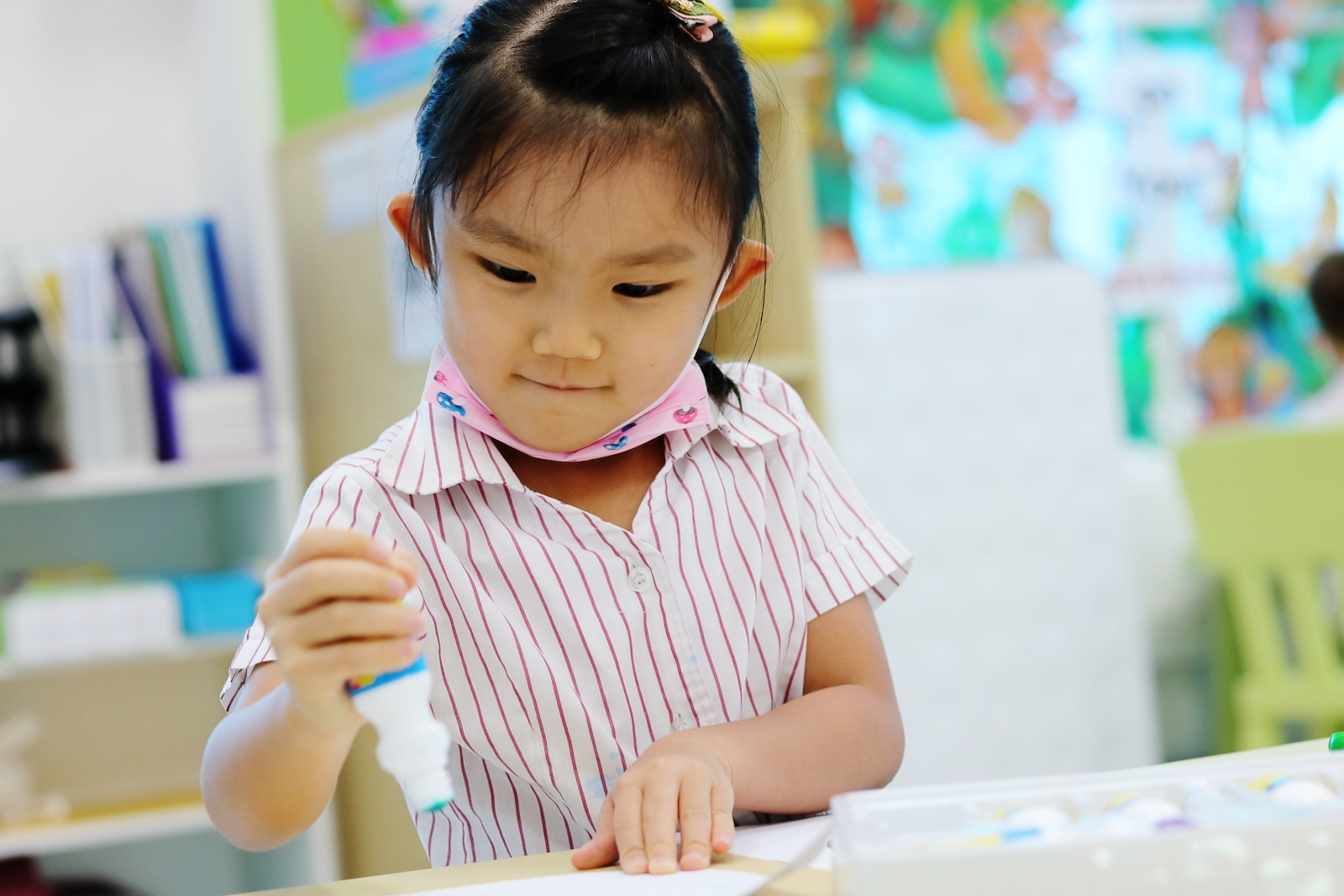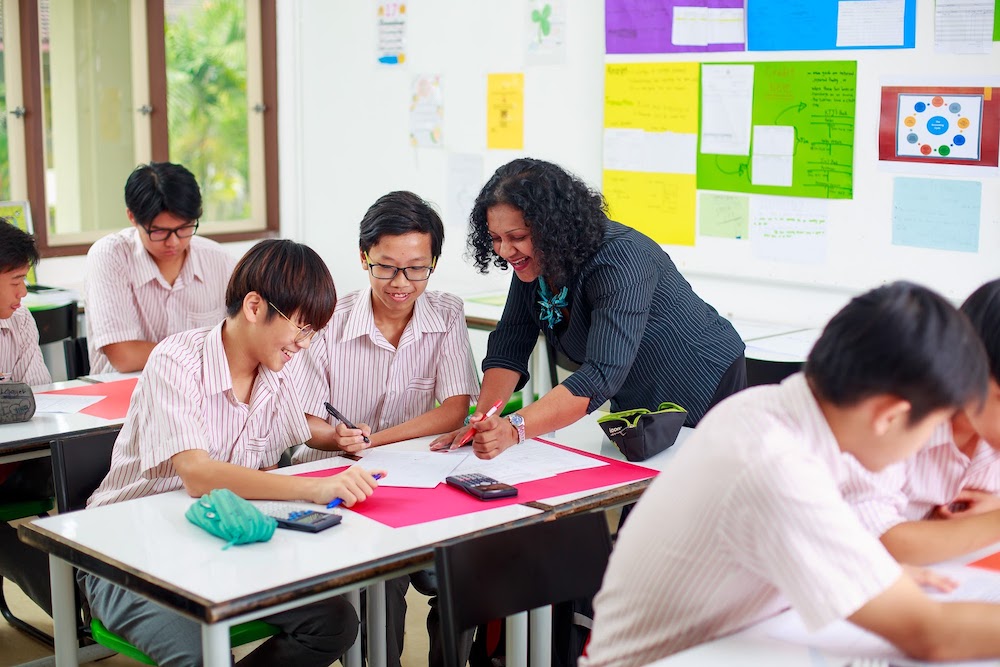KTJ is Bringing the Real World into Classrooms
 Schooladvisor Team
Schooladvisor Team
Children of today face a unique challenge that generations before didn’t have to worry about: preparing for a world that will be different by the time they start their careers. It’s important for them to be equipped with skills that will aid them to navigate this challenge. The responsibility of moulding our children into responsible and knowledgeable skills rests on schools, where children spend a majority of their time.
At Kolej Tuanku Jaafar (KTJ), educators have put their heads together to come up with the KTJ Learner Characteristics, a framework that focuses on non-academic skills and a set of values to guide students in their learning journey. KTJ’s Head of Secondary (Academic), Anna Fournier, explains: “In our primary students, these characteristics are based on the eight personal goals of the International Primary Curriculum. In the secondary, we develop these further to form a set of sixteen characteristics.”

The School’s values of integrity, empathy and mutual respect underpin all KTJ Learner Characteristics. KTJ believes that the intentional development of these characteristics will best prepare learners for success, not only in the working world but also in their relationships and their pursuit of meaning and happiness.
Learning is all about making links
Students learn by attaching new knowledge to what they already know and understand. Reference to the real-world helps students learn the ideas and concepts in the curriculum that are new to them.
For Fournier, one of the most satisfying aspects of teaching is to witness those ‘lightbulb’ moments, when a student finally ‘gets it’. These moments are often achieved by explaining a concept through a real-world example. “For our brains to accept new ideas, and learn, the new idea must link and make sense. Real-world examples are very important in this sense-making,” she says.

KTJ strives to introduce real-world applications into the classroom and does so by carrying out a series of activities for learners to participate in. One example is when IGCSE Accounting students are instructed to carry out projects that give them hands-on experience, such as setting up a small business and preparing financial statements. These projects often involve selling food items that the student groups prepare themselves, providing participants with an excellent insight into managing their time, cooperating with one another, devising successful marketing campaigns, and developing their problem-solving skills. Proceeds from the projects are later donated to charity.
Other than that, coding is a skill that is becoming increasingly important in our technology-driven world. The ability to code is taught through KTJ’s curriculum, and Computer Science remains a popular IGCSE subject. In addition, learners get involved in coding competitions in which they get to pit their skills against students from other schools in solving a series of problems.
KTJ’s annual Oxbridge and KTJ Engineering Workshop is a very popular programme within the Sixth Form students as it gives them a chance to compete against other high-performing students as they solve engineering problems with limited resources and time.
However, according to Fournier, the students’ entry into the international Land Rover 4x4 engineering challenge is by far the most exciting activity that has been carried out in recent years. In the latest addition, students fundraised and then built and customised four mini-RC models of a Land Rover. All three KTJ teams won awards for their cars in the national finals after several months of hard work.
Students develop their Learner Characteristics in many different ways during these activities but the effect is evident. Students are able to reflect on what they have accomplished, with resourcefulness and flexibility being among the key things they have learnt.
It is not the same for everyone
Learning outcomes vary for learners of different ages, as learning in each year group is intended to build on the knowledge, understanding and skills covered in previous years.
Furthermore, not all children learn at the same rate. If the intended outcomes are too easy, students can become disinterested. If the intended outcomes are too hard, students can become dispirited. This is where the teacher's expertise is essential in ensuring each student is challenged at just right level, academically known as the 'zone of proximal development’.

KTJ’s curriculum is less tied to year-specific learning outcomes. Everything that the students engage with is designed to provide opportunities to develop their characteristics and values. In all cases, it is expected for students to be engaging, and on a reflective journey in which they are always aiming to improve their characteristics.
Fournier shares that the school’s firm confidence in the KTJ Learner Characteristics comes from the many reviews with alumni and universities. Throughout the years, the feedback from university admissions departments on what universities are looking for and the discussions with past students have proved invaluable. Every bit of information allows the school to adjust its teaching programmes and reaffirm the relevance of the Learner’s Characteristics for a life beyond KTJ.
To discover more about KTJ, visit https://www.ktj.edu.my/ or drop an email to registrar@ktj.edu.my or call +606-7582561.
Recent Articles
- What Should You Be Looking for in a Preschool?
- HELP Education Group Unveils New Sports Oval in Subang 2 Campus
- Exploring the Homeschooling Path: What Parents Need to Know Before Taking the Leap
- More Parents Are Now Opting for International Schools in Malaysia
- AISM Students Who Dream Big and Build Bigger

